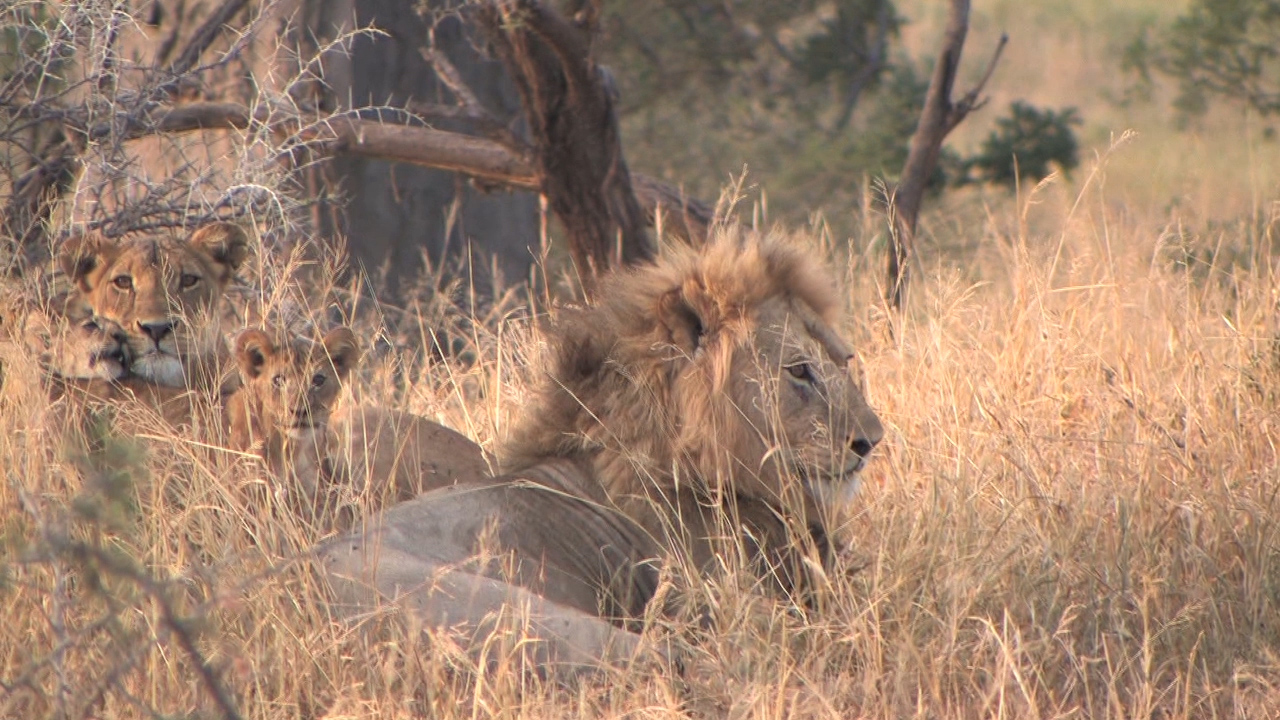The South African Constitution obliges the state to ensure, through the implementation of reasonable legislative and other measures, that South Africans enjoy an environment that is not harmful to their health and wellbeing. To this end the National Environmental Management Act, 1998 or NEMA states as a matter of principle that the environment “is held in public trust for the people”.
But what does this public trust actually mean? Environmental authorities and some legal academics claim that this places the country’s environmental resources in the custody of the state in public trust.
I disagree. I think that while they would like this to be so, the claim does not bear close scrutiny. The statement that the environment is held in public trust for the people is not custodianship as we ordinarily understand the term. It in truth does no more than emphasise the state’s responsibility in terms of section 24 of the Constitution to take reasonable legislative and other measures to give effect to our environmental right.
It is easy to demonstrate that this must be so.
The common law roots of what is called the Doctrine of Public Trust has its modern origins in the Roman law rule that navigable rivers and the sea shore are public property that vest in the state for the public benefit. This was to ensure that public access to these resources was protected from the exercise of state power. This idea of specially protected public rights acquired a more general meaning under early English law which distinguished between property that fell under the royal demesne and could thus be disposed of by the monarch at will and property which could not be disposed of because it was held by the monarch for the public benefit.
The Doctrine of Public Trust has undergone further development in South Africa where mineral rights and water in private streams which were once capable of private ownership can no longer be privately owned and are now held by the state in public trust.
Some legal academics have suggested that this doctrine should be expanded into the environmental space. However, this approach has been heavily criticised not the least because of the consequences it has for property rights and human rights.
South African legal academics and environmental authorities have nonetheless tried to extend the doctrine into the environmental space despite these criticisms. The statement that the environment is held in public trust for the people is an example of this. However, the outcome of this attempt is more illusory than real.
There is no law in South Africa that says that South Africa’s natural resources are held by the state in public trust. Academics and officials who claim this is so do so without any legal authority. This is a case of trying to read into our law what you want to see rather than what is actually there.
The real Doctrine of Public Trust is inextricably linked to ownership. Things such as water or minerals that are not privately owned are held by the state in public trust. Conversely things that are privately owned cannot be held by the state in public trust.
Many natural resources such as for example land, animals and plants are privately owned. Moreover this ownership is constitutionally protected. The idea that the state can hold private property in public trust for the people is a legal absurdity as well as being morally indefensible. It turns the environmental right from a human right into a destroyer of human rights. By appropriating all South Africa’s natural resources to the state, it subjects all South Africans to the baaskap of the state.
Fortunately this is not in fact what NEMA says. The environment is not defined in NEMA as a resource or even a collection of resources. It is the influence certain natural resources such as land, animals and plants have on human health and wellbeing. Section 24 of the Constitution creates a legal expectation that this process will not be harmful to our health and wellbeing. The state is required to take reasonable legislative and other steps to ensure that this is so. This is what NEMA refers to when it says that the environment “is held in public trust for the people”.
This approach to the meaning of public trust as it applies in NEMA is compatible with how section 3 of the National Environmental Management Biodiversity Act, 2004 or NEMBA deals with the state’s so called “trusteeship of biological diversity”. That section does not make the state the custodian of biological diversity. It instead speaks to the process I have referred to above saying that: “In fulfilling the rights contained in section 24 of the Constitution, the state through its organs that implement legislation applicable to biodiversity, must manage, conserve and sustain South Africa’s biodiversity and its components and genetic resources; and implement this Act to achieve the progressive realisation of those rights.”
It is this obligation that the state holds in public trust both in regards to biodiversity and in regard to the environment as it is defined in law.
Officials and legal academics who claim that the Public Trust Doctrine places South Africa’s natural resources under the custodianship of the state are trying to build a bridge too far.


